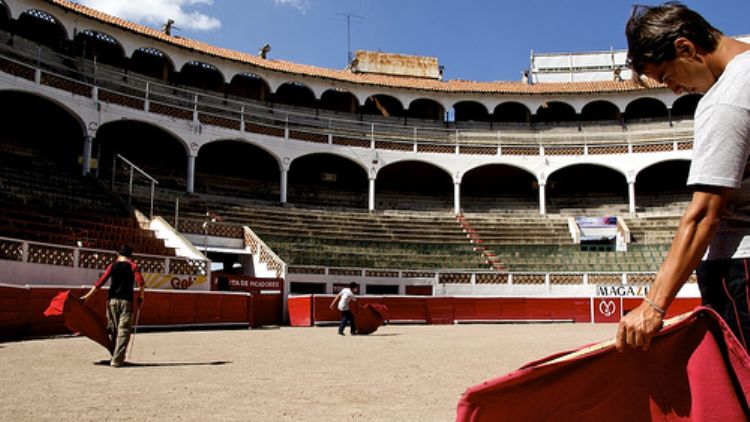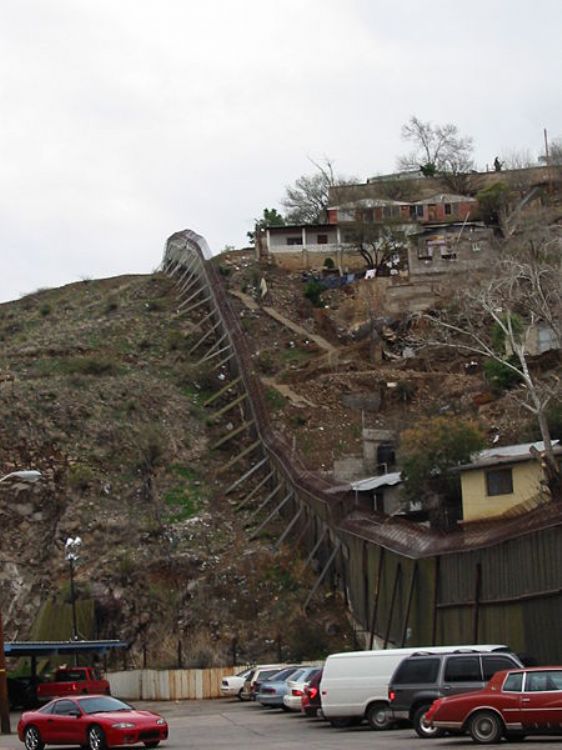
Hot Air Balloons in Mexico and the International Balloon Festival
Since ancient times, man has dreamed of flying. The first...

The beautiful colonial and modern city of Santiago de Queretaro, has in its origins a bit of mysticism and reality that combine for the foundation of the colonial villa. It is said that in 1531, the Spaniard Hernan Perez Bocanegra arrived to these lands, and before resorting to battle, he tried his persuasion and negotiation techniques to obtain the coming of Señor Otomi de Jilotepec, Conin, to begin the foundation of the city of Queretaro. However, the indigenous support became unconditional when a shiny cross on the side of James the apostle, appeared in the sky, and since then, the city carries the name of the mentioned Saint.
Beginning in the year 1534, the Spaniard Don Juan Sanchez de Alanis made a design of the colonial city copying the patterns of the Spanish cities. With the first arrival of the first Franciscans and later the Jesuits, the construction of the temples and religious convents, such as Convento Grande, the Convento de la Santa Cruz, the Convento de las Capuchinas and the temple and convent of San Agustin, was initiated.
During this time, the villa began to prosper and in 1655 it was elevated to the category of city by the ¨cedula real¨. With the beginning for the fight for independence, the economic growth caused by agriculture and farming in the region became low, due to the fact that the area is territory for military passing in the center and south of the country.
It is in Queretaro where the reunions for conspiracy against the Spanish empire began, with the participation of Doña Josefa Ortiz de Dominguez, a leader in Queretaro.
Once the armed battle began, the city was taken by the army until the end, for it was the last city to be liberated.
In 1848, during the North American invasion of our country, the city of Queretaro was once again the main scene. It was the place of the signing of the Treaty of Guadalupe-Hidalgo, in which Mexico agrees to give half of its territory and in Exchange ask for the North American army to leave.
At the time of the French empire, Maximiliano de Habsburgo flees to Queretaro when he found himself surrounded by the republican army. In May of 1867, the invasive emperor is sentenced to death at the Convent of the Capuchinas and is killed together with the traitors of Mejia and Miramon in the Cerro de las Campanas.
During the presidency of Venustiano Carranza, the city of Queretaro became the capital of the Mexican Republic. In this same city, the Constitution of 1917 was written.
In 1996, the UNESCO declared the city of Queretaro, Cultural Patrimony of Humanity.

Since ancient times, man has dreamed of flying. The first...





The three most representative economic models in Mexicoâ...
.jpg)
In order to begin this fun tour, we recommend you lodge f...

In the prehispanic world, the concept of death played a f...

The Mexica called themselves original from the mythologic...